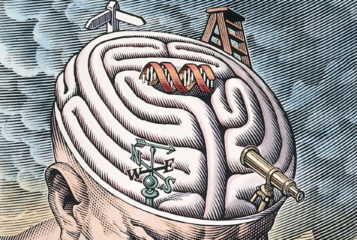The probability of having a male baby is affected by fertility treatments, Australian scientists have found. Up to 4.6 percent more boys were born with some treatments and up to 2.8 percent more girls with others. The national population-based study is the first to assess the impact of fertility treatments on the ratio of boys to girls born.
Ms Jishan Dean, co-author of the study from the School of Women's and Children's Health, University of New South Wales said in a press release: 'The results from this study demonstrate that a particular assisted reproductive technology (ART) procedure or treatment course can alter the probability of having a male baby from the natural sex ratio at birth'.
The team looked at 13,368 Australian and New Zealand babies born to 13,165 women between 2002 and 2006 following fertility treatment using single embryo transfer. They found that IVF caused 53.0 percent of live births to be boys, 2.5 percent more than the long-term Australian average.
Implanting embryos four days after fertilisation (blastocyst stage) also increased the probability of having a male baby to 54.1 percent, but implanting after two or three days (cleavage stage) reduced this to 49.9 percent. Half of all births following ICSI (intracytoplasmic sperm injection) were girls.
The imbalance was even greater when these techniques were used in combination. IVF and blastocyst-stage embryo transfer increased the probability of having a male baby to 56.1 percent; ICSI and cleavage-stage transfer decreased the probability to 47.7 percent.
Ms Dean called for more research into the underlying causes of the gender imbalance. Professor Philip Steer, editor-in-chief of the British Journal of Obstetrics and Gynaecology (BJOG), which published the research, agreed. He said: 'It is important that we don't allow such imbalances to occur unintentionally, simply because we have neglected to study the factors that influence the secondary sex ratio (SSR) in the increasing proportion of the population who use ART'.
Dr Allan Pacey, from the University of Sheffield, said: 'Patients should certainly not consider using this as a method of trying to have a boy or girl, since the procedure used needs to be selected to try and maximise the chance of pregnancy'.






Leave a Reply
You must be logged in to post a comment.